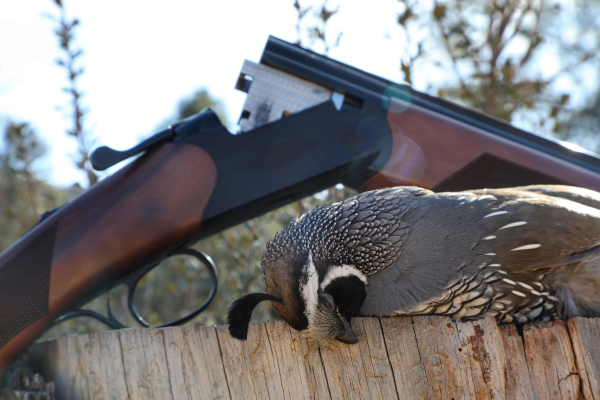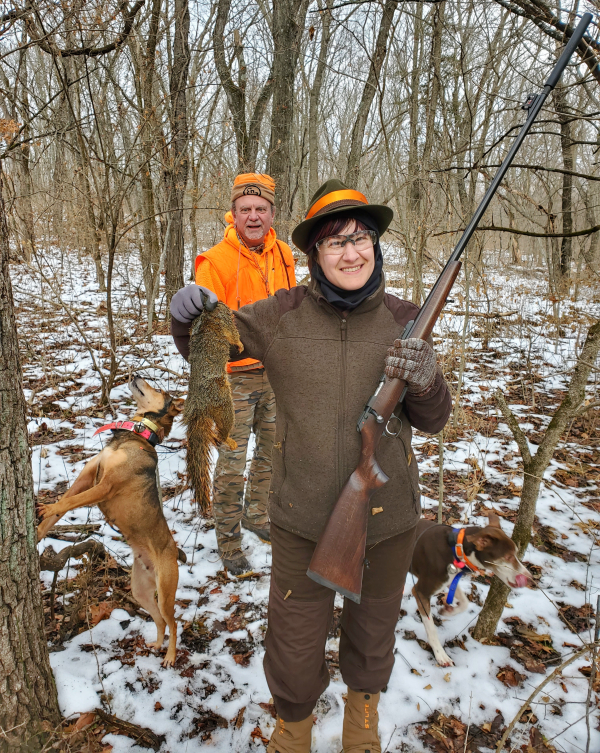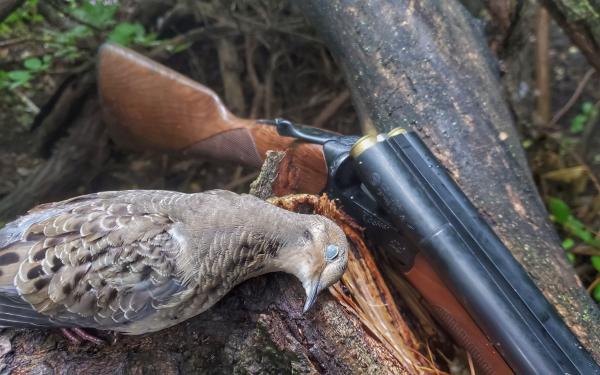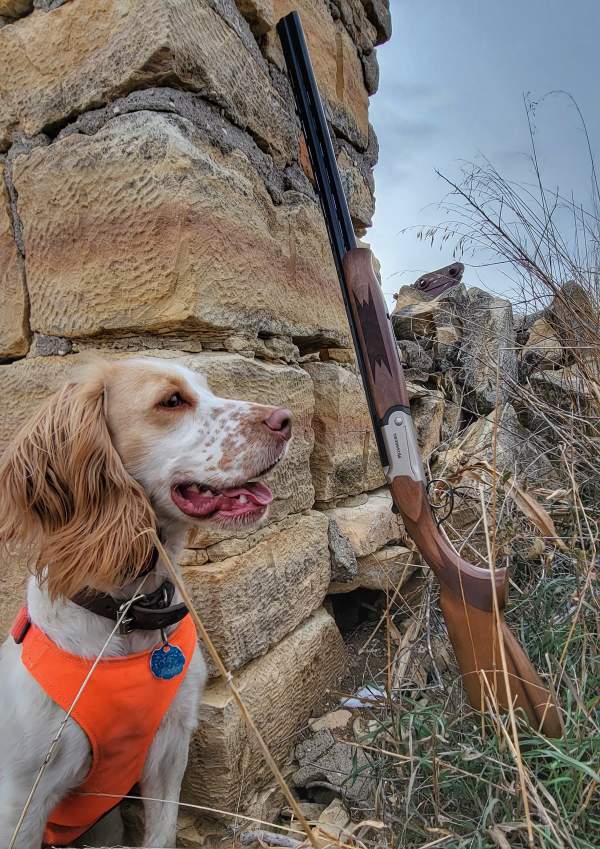By Zach Hein

Twenty-five years ago, I started my first upland season. Fresh out of Hunter’s Ed and with a worn, hand-me-down bolt-action Mossberg .410, I joined my dad and his college buddies to chase doves, pheasants, and quail in Kansas.
Not everyone comes up in a hunting family or has the traditions that I grew up with, but in recent years the ranks of hunters have started to swell with new faces. Young folks, city folks, diverse folks – hunting for food, hunting for self-sufficiency, and hunting as a way to find connection with the natural world we are increasingly distant from.
For those well-versed in hunting, big game gets most of the glory, but small game and upland are where it’s at for those starting out. The barriers to entry aren’t as lofty; there’s no tag drawing, no preference points, and seasons aplenty.
Understand Your Opportunities

Every state offers unique hunting opportunities, and the first step to understanding them starts with that state’s regulation book. Depending on where you are, a bulk of the published materials might deal with big game hunting, but in amongst that will be a discussion of game birds, furbearers, predators, and varmints, but almost more importantly will be details on the availability of public lands for hunting, as well as any public access programs for private lands.
Some states do a great job presenting hunting opportunities; others must do more. Kansas, in particular, puts out a yearly map detailing Walk-In Hunting Access properties – private lands made accessible to hunters for certain clearly-indicated seasons.
Find Community
Finding a mentor or hunting buddy can seem nearly as daunting or intimidating as getting into hunting in general. Still, it can be the fast track to success and understanding for many folks. Here are a few suggestions for finding the right folks to associate with.
Equipment

The last few decades haven’t done our society any favors regarding materialism and consumerism. The internet is full of recommendations for the proper boots, the perfect jacket, or the ideal gun for this or that type of hunting. When it comes down to it, the boots you have are already broken in, high-tech fabrics won’t make or break a typical morning hunt, and most any gun will do, especially if you already own it.
Building up good gear is a perk that comes with time and experience – each hunt teaching new lessons specific to your particular type of hunting. The gaiters that served perfectly in the dry warmth of an early season bird hunt might be suddenly lacking on a morning with thick, wet snow sticking to the waist-high grass, or the lightweight hiking boots that have served so well in the past might make your feet tire quickly once the ground is frozen and hard.
Regarding guns, it’s just a matter of being in the right ballpark. Most rimfire rifles will work for rabbits and squirrels, as will most any shotgun for the same critters and upland birds.
Picking the perfect firearm for you might not be a luxury you have out of the gate, but luckily the selection of entry-level hunting guns at accessible price points is broad. The debate of new vs. used is a good one to consider. New guns will come with a warranty and accessories, while used guns might deliver an elevated level of quality compared to some modern production guns.
Quality older firearms can be sold at pawn shops, gun stores, gun shows, and estate auctions. While it may seem like they’d be a way to save money, prices for hunting guns in good shape have continued to rise. That’s not to say deals can’t be had, but they might take some digging and some patience to find. The days of the sub-$200 Ruger 10/22 and $300 Ithaca 37 seem to be behind us.
On the other hand, major manufacturers are putting out some solid options at affordable prices. Pump-action shotguns will be an easy entry price-wise, as will bolt-action and semi-auto rimfires.
If you have more money at your disposal, double-barrel shotguns are light and handy alternatives that are somewhat simpler to operate. This season I had a Mossberg Silver Reserve over/under in the rotation; the season before that, it was a CZ-USA Bobwhite. Both can be had new in the $600-700 range and deliver incredible value when it comes to break-open shotguns.
No matter what equipment you think you need, you may already have alternatives that will suffice. If not, online sites like eBay or Facebook Marketplace can be a great place to find a used bird vest or a set of binoculars – whatever you might need.
Don’t Forget the Dog

A four-legged friend is an easy force multiplier from bird dogs to squirrel dogs. They evolved alongside us because they complimented us, with much greater noses and superior eyes regarding motion and low light.
Just like guns and gear, the right dog to take into the field is the dog you have – assuming it listens and wants to work with you instead of just running off on the scent of game. From German Shepherds to Blue Heelers, even breeds not explicitly developed for hunting can do surprisingly well, especially if they are in tune with their owner.
On the flip side, getting a hunting-breed puppy can be a blessing and a curse at the same time. They tend to be driven and full of energy in their younger years, and they need to have purpose and stimulation, or there’s a good chance they’ll drive you crazy in everyday life.
Find Inspiration
No matter where you call home, there are small game-hunting opportunities to be had. If you need inspiration, do a deep dive on YouTube and Instagram with your state and the quarry you want to hunt as the focus. Folks like Project Upland and Small Game Nation provide insight into how small game and upland hunting create the perfect opportunities to engage or re-engage with hunting and natural places.
The key is to take that first step. The one after it will come a bit easier, and the one after that easier yet…